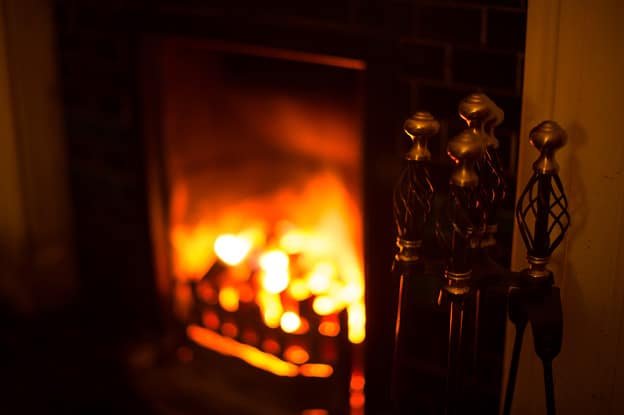Posted by admin on December 29, 2014

There are several sources of carbon monoxide in the home. Most appliances produce very little, but those that are not functioning properly can produce life-threatening amounts. To protect your family, it is important you know what appliances may release CO and why.
Sources of Carbon Monoxide
Chimneys
Blockages from soot, leaves, or birds’ nests and cracked stonework can all lead to combustion by-products, the most dangerous of which is carbon monoxide.
Gas Stoves and Range Tops
Most gas stoves and range tops have no vents meaning there is a great potential of these appliances producing carbon monoxide should burners become clogged or dirty. Other factors that increase the risk of CO emissions include incorrect installation, defects, rust, or damage to the appliance.
Wood-burning Fireplaces
If you use your fireplace with the window closed or burn treated or painted wood or scrap lumber, carbon monoxide can accumulate inside.
Gas Log Sets
Gas log sets produce yellow flames that are less efficient and create more carbon monoxide than wood-burning fireplaces. Ventless fireplaces of this type are particularly dangerous as by-products are released straight into the room. Furthermore, as oxygen levels drop, CO levels increase. Gas log sets that lack a sensor to shut the appliance down when oxygen is depleted present an even greater danger to your family’s health. Have your gas fireplace maintained regularly by a professional to avoid any CO leaks.
Fuel-burning Space Heaters
Like gas log sets, many space heaters include sensors that shut off the appliance if oxygen levels become too low. However, space heaters are even higher risk than gas log sets as they may even produce carbon monoxide when there is plenty of oxygen in the room.
Furnaces
There are a number of reasons why a furnace may start to release carbon monoxide including a mechanical failure, a crack in the heat exchanger, problems with the flue, a clogged burner, improper installation, and flood damage. Yellow flames and a buildup of soot are both signs that your furnace requires maintenance.
Water Heaters
Water heaters show the same warning signs as furnaces and CO emissions are linked to many of the same causes including faulty appliances, incorrect installation, flood damage, and blocked burners or vents.
Gas Clothes Dryers
Your clothes dryer may release carbon monoxide if it is damaged, if it installed improperly, if the exhaust pipes are clogged with lint, or if the burner is dirty or blocked.
Vehicles and Equipment
Never leave your car or lawnmower running in the garage, especially if the door is closed, as CO levels can quickly rise to dangerous levels.
Furnaces are one of the main sources of carbon monoxide in the home. It is essential that you have your furnace repaired and maintained regularly to cut the risk of CO poisoning. For all your furnace service needs, contact us at Climate Experts.


